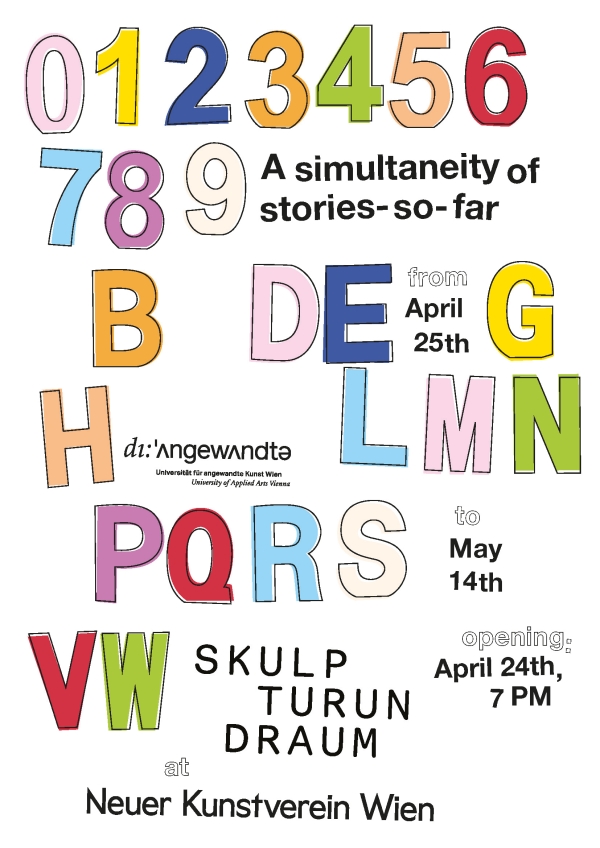The idea
of space, which the feminist geographer Doreen Massey described as the interaction of stories, practices and relationships
that constantly re-constitute themselves, guides the exhibition. (2) The works on display build on this relational understanding
of space; They deal with forms of transition, translation or transformation. They specifically refer to material aspects,
such as the residues inscribed in the space through its previous use – lifting platforms, tool holders, supply pipes, or traces
of the work carried out there – as well as to immaterial coordinates, such as the history and social structure of the surrounding
St. Marx district.
The past and present of St. Marx impressively testify to the city’s constant transformation
and its systems. Far from the city gates, an “infirmary” was built in the 13th century, which later became the St. Marx Hospital
and developed into a welfare facility from the 18th century onwards (3). Incorporated as part of Vienna’s third district in
1850, the cattle market and the slaughterhouse shaped St. Marx and made it a centre of the meat industry. This period of industrialization
also saw the massive spread of the automobile, which also affected spatial structures such as the road network. There were
market halls, trading companies, warehouses and office buildings – urban supply infrastructures that changed with their respective
times. Today, technology research and production, among other things, determine the district’s texture (4). In this context,
the empty car dealership can be read as an expression of structural change.
A simultaneity of stories-so-far
explores a place’s relational character and uses artistic means to approach its multidimensional nature. The exhibition and
the works are not seen as finished products but rather as a process of correlating relationships with an open end. (Juliane
Bischoff)
Opening hoursTuesday & Wednesday 11am–2pm
Thursday & Friday 3pm–6pm
(1) Doreen Massey (2005): For Space. London: SAGE, S.9.
(2) ebd.
(3) „Spital zu St. Marx”, in: Wien
Geschichte Wiki, via
www.geschichtewiki.wien.gv.at/Spital_zu_St._Marx
[23/2/2024]
(4) „St. Marx”, in: Wien Geschichte Wiki, via:
https://www.geschichtewiki.wien.gv.at/St._Marx
[23/2/2024]




